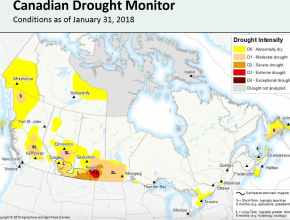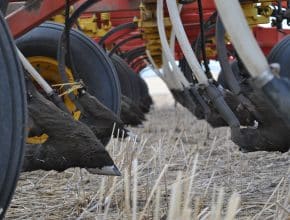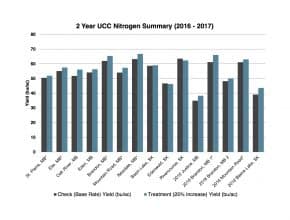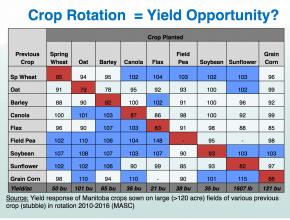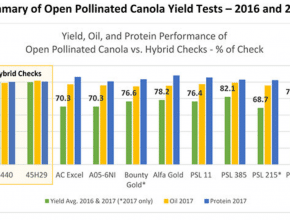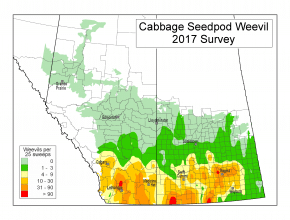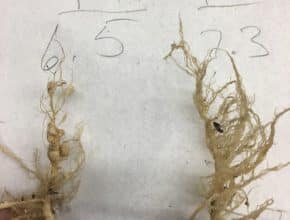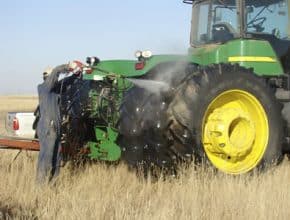We haven’t lost a crop in March, but growers across large parts of Western Canada are concerned about the soil moisture situation. This may influence decisions on seed costs, fertilizer rates and, when the time comes, seeding depth. Dry conditions that started last summer can also increase the risk of herbicide carryover…
Canola Watch Posts
-
-
What are safe seed row fertilizer rates for phosphorus (P), sulphur (S) and nitrogen (N)? With lower seeding rates than in the past, this concern is greater than ever. Growers need to keep all seed viable to hit plant population targets. Therefore, the best practice is to put up to 20 lb./ac. of phosphate (max 40 lb./ac. of MAP) in…
-
-
Diversified crop rotations are known to help with insect and disease management. A two- or three-year break between canola crops will significantly reduce viable spore counts for clubroot and blackleg in particular, making rotation an import step in managing these diseases. Rotation will also improve crop yields in general…
-
Manitoba Canola Growers ran a two-year trial comparing yield and quality for eight open-pollinated napus varieties as well as two hybrid checks (5440 and 45H29). Average yield for the eight varieties was 25% less than the checks. Two varieties tested are newly available Bounty Gold and Alfa Gold, bred at the University of Alberta. In the Manitoba trials, these yielded…
-
-
-
-
Anyone who moves from field to field has a responsibility to reduce their risk of spreading clubroot (and other pests, including aphanomyces and noxious weed seeds). That means avoiding build up of soil on vehicles and boots and, if the vehicle or boots do get muddy, taking time to remove that mud before moving to another farm…

